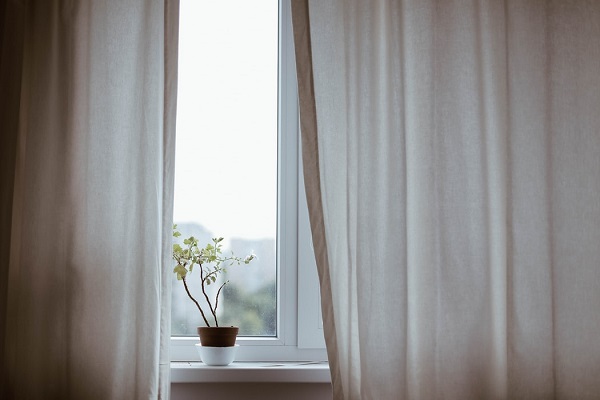
How to tell if your house is well insulated – 9 giveaway signs
Homes in England and Wales spend an average of £625 per year on their gas bill, which is a significant proportion of our annual household bill expenditure. Having efficient home insulation is one way to keep your gas consumption down. There are lots of ways to insulate, including:
- Roof and loft insulation
- Cavity wall insulation
- Draught-proofing
- Solid wall insulation
- Floor insulation
But insulation is a big investment and you want to be sure it’s going to save you money. For new insulation measures to make a noticeable difference to your energy consumption, you need to be sure your home is in need of better insulation to begin with.
How to tell if your house is well insulated or not
Homes that could be better insulated will be colder and there are a few specific ways you can tell if poor insulation is to blame. We’ve listed the main warning signs below…
Sign #1 Drafts and cold areas
Cold drafts and breezes coming in from the outdoors are a sign your home needs better draught-proofing. This could include double glazed windows, underfloor insulation and new external doors.
Easy and cheaper ways to prevent drafts are thick curtains, blinds and fabric draught excluders in front of doors. If you can’t afford double glazed windows right away, you can buy adhesive clear plastic for your windows to provide a thin layer of insulation.
Sign #2 Fluctuating temperatures
If you notice the house getting immediately colder whenever the heating is off or on low, this means heat is escaping quickly. Insulation conserves hot air within your home, so if your home’s temperature drops quickly, this is a clear sign it’s badly insulated.
Sign #3 Some rooms are colder than others
Say your attic or outward facing rooms are colder than the rest of the house, this is a sign they could benefit from better insulation. Drafty and cold top floors could indicate you could benefit from roof insulation and cold outward facing rooms may require wall insulation.
Sign #4 Interior walls are cold to the touch
Do your outward walls feel noticeably cold when you touch them? This is a sign you require wall insulation. There are two types of wall insulation; cavity wall insulation and solid wall insulation. Homes built after around 1920 usually have wall cavities which can be packed with insulation, whereas older solid brick walls need to be insulated from the outside.
Sign #5 Snow and ice melt away from your roof quickly
Have you ever noticed your home is one of the first to lose any settled snow or frost from its roof? This is a tell-tale sign that your roof is poorly insulated and heat is escaping from there.
Sign #6 Pigeons…?
Yep, the birds can let you know if your roof is lacking insulation too! If you notice pigeons love gathering on your house over others, it could be because your roof is letting out the most heat. Although this isn’t the most accurate way of diagnosing a problem, it’s an indication it might be worth calling out a roof insulation professional to take a look.
Sign #7 Rising energy bills
Although the cost of energy does rise each year, it’s useful to monitor your central heating bills for spikes and significant rises as this could be a sign your home isn’t saving heat efficiently. You could do some research online and compare average expenditures of similar sized homes to see if you are using lots more gas to heat your home.
Sign #8 Ice forming in your home
Apart from the occasional arctic spell, here in the UK, we don’t experience much frozen weather and it’s rare for the temperatures to reach below zero for sustained periods. That’s why pipes freezing over or ice forming inside your windows is a red flag for poor insulation.
Sign#9 Damp from the outside
Moisture and damp coming in from the outside comes hand in hand with poor insulation. Damp can be a standalone issue caused by the foundations of your home or poor ventilation, but it’s often linked with poor external barriers as it’s a sign moisture is seeping in from the outdoors.
We hope you’ve found this useful and now have an idea of how to tell if your house is well insulated. Follow us on Facebook and Twitter for more advice on keeping your energy bills low.









